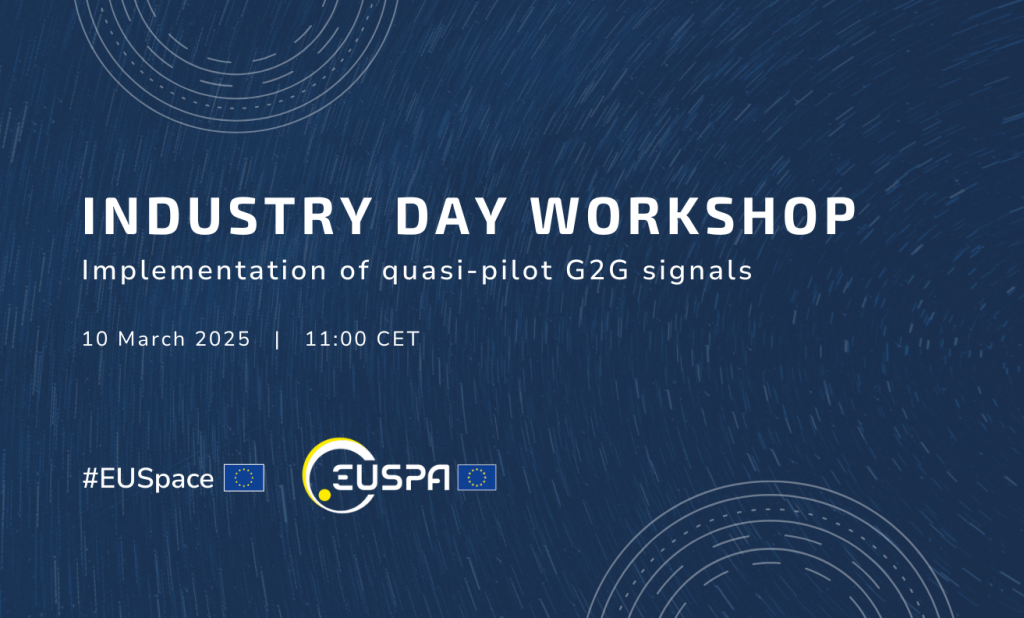Implementation of quasi-pilot G2G signals

Galileo, the EU´s Global Navigation Satellite System (GNSS), provides improved navigation, positioning and timing information.Galileo is conceived with secure service provision to end users at its core, already serving more than 4 billion users.
The availability of low-complexity GNSS signals enabling a simple acquisition process and supporting in general a fast time-to-first-fix (TTFF) is a very relevant aspect for most of the GNSS receivers, independently of the target application. Especially, when considering low-complexity and low-power receivers in the context of the Internet of Things (IoT) and Location Based Services (LBS).
Galileo 2nd Generation Satellites and their dedicated quasi-pilot signal, for easing the acquisition process at the receiver level, would further support these developments in user technology to reduce the power consumption in the processes of signal acquisition for a faster first fix.
It is a real differentiator of Galileo that would significantly reduce the time of acquisition of the Galileo signals, in single and multifrequency scenarios. This is relevant for different Galileo use cases and applications where a requirement at the receiver level is to minimize the energy spent for signal acquisition for the first position fix.
EUSPA has launched a procedure looking for support on the implementation of quasi-pilot G2G signals. This role involves the design, development and testing of a receiver or terminal with Galileo 2nd Generation quasi-pilot signal capability.
The maximum budget allocated for EU financing under this action is EUR 2.000.000.
To encourage the widest participation possible, EUSPA is organising an online webinar to present the procedure details on March 10, 2025, from 11:00 am to 12:30 am CET.
Find more information about the call here.
The deadline for the submission to the call is April 14, 2025, 23:59 CET.
Media note: This feature can be republished without charge provided the European Union Agency for the Space Programme (EUSPA) is acknowledged as the source at the top or the bottom of the story. You must request permission before you use any of the photographs on the site. If you republish, we would be grateful if you could link back to the EUSPA website (http://www.euspa.europa.eu).